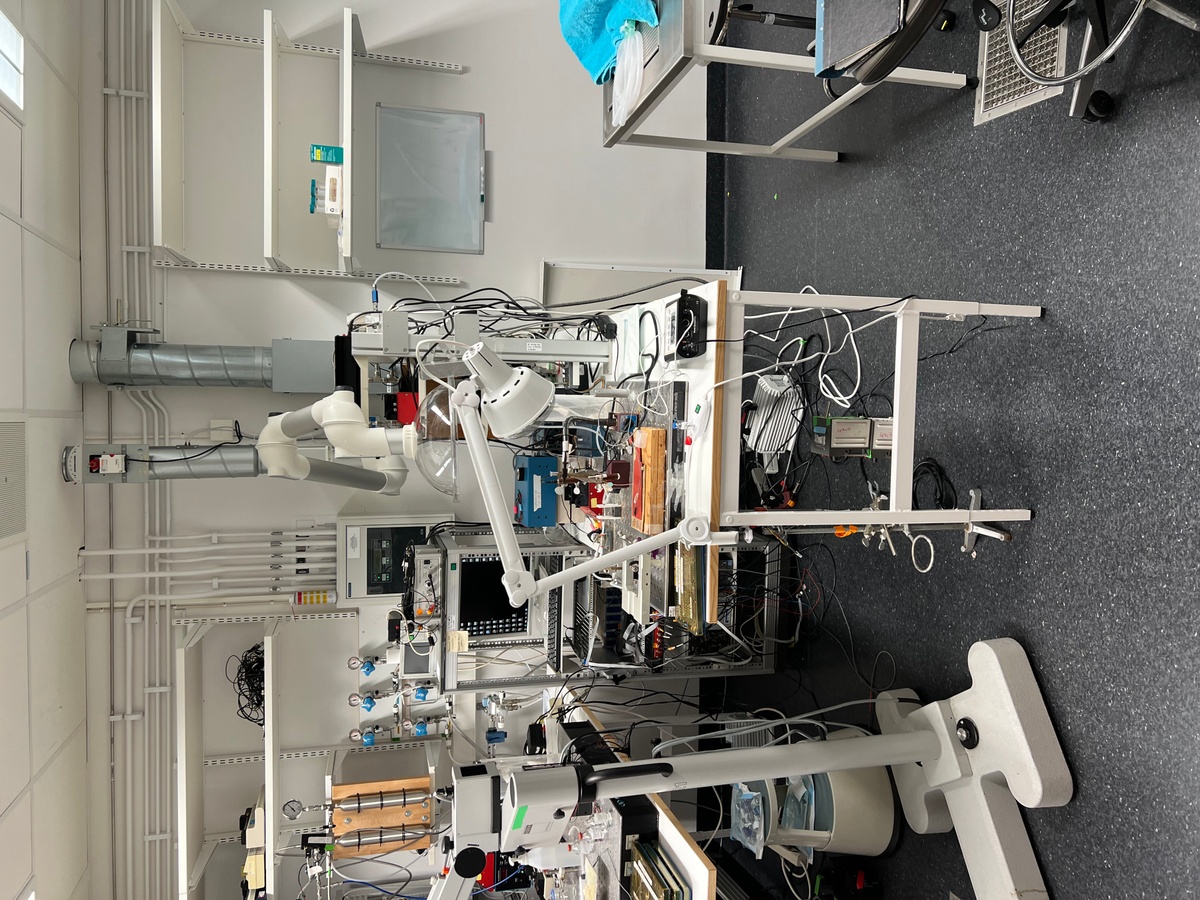FAQ on LEKSUM's Study on Extracellular Vesicles for Muscle Myopathy

Summary
A new study by Leksum LLC shows that multiple doses of extracellular vesicles (EVs) can significantly improve diaphragm muscle function in ICU patients on mechanical ventilation, potentially reducing lung injury and improving recovery outcomes.
What is the main focus of the LEKSUM study?
The study focuses on demonstrating the efficacy of multiple doses of extracellular vesicles (EVs) in mitigating lung injury and improving diaphragm muscle function in ICU patients on mechanical ventilation.
Why is this study significant?
This study is significant because it offers a potential solution to reduce the complications and high mortality rates associated with mechanical ventilation, improving patient recovery and reducing healthcare costs.
How do extracellular vesicles work in this context?
EVs derived from bone marrow mesenchymal stromal cells (BM-MSCs) are shown to preserve diaphragm muscle fiber size and function, combating the negative effects of mechanical ventilation.
Who conducted this study?
The study was conducted by Leksum LLC, with Professor Lars Larsson as the Chief Scientific Officer, at their laboratory in SLU, Uppsala, Sweden.
When and where was the study conducted?
The study was conducted at Leksum’s laboratory in SLU, Uppsala, Sweden, with the findings announced on June 24, 2025.
What were the key findings of the study?
Key findings include significant improvements in diaphragm muscle fiber size and function after multiple doses of EVs, with fiber cross-sectional area and specific force measurements close to control levels.
What are the implications of these findings?
The findings suggest that EVs could significantly reduce the complications of mechanical ventilation, enhancing patient quality of life and reducing the financial burden of ICU care.
What is the next step for LEKSUM following this study?
Leksum’s scientific team is preparing for Phase I trials in Europe to further investigate the efficacy of EVs in treating muscle myopathy related to mechanical ventilation.
How does this approach compare to current treatments?
This approach targets the root cause of ventilator-induced diaphragm dysfunction, offering a novel treatment compared to current methods that may not address the underlying muscle myopathy.
Who can benefit from this research?
ICU patients on mechanical ventilation, especially those at risk of diaphragm muscle dysfunction and related complications, stand to benefit the most from this research.

This story is based on an article that was registered on the blockchain. The original source content used for this article is located at Reportable
Article Control ID: 87956